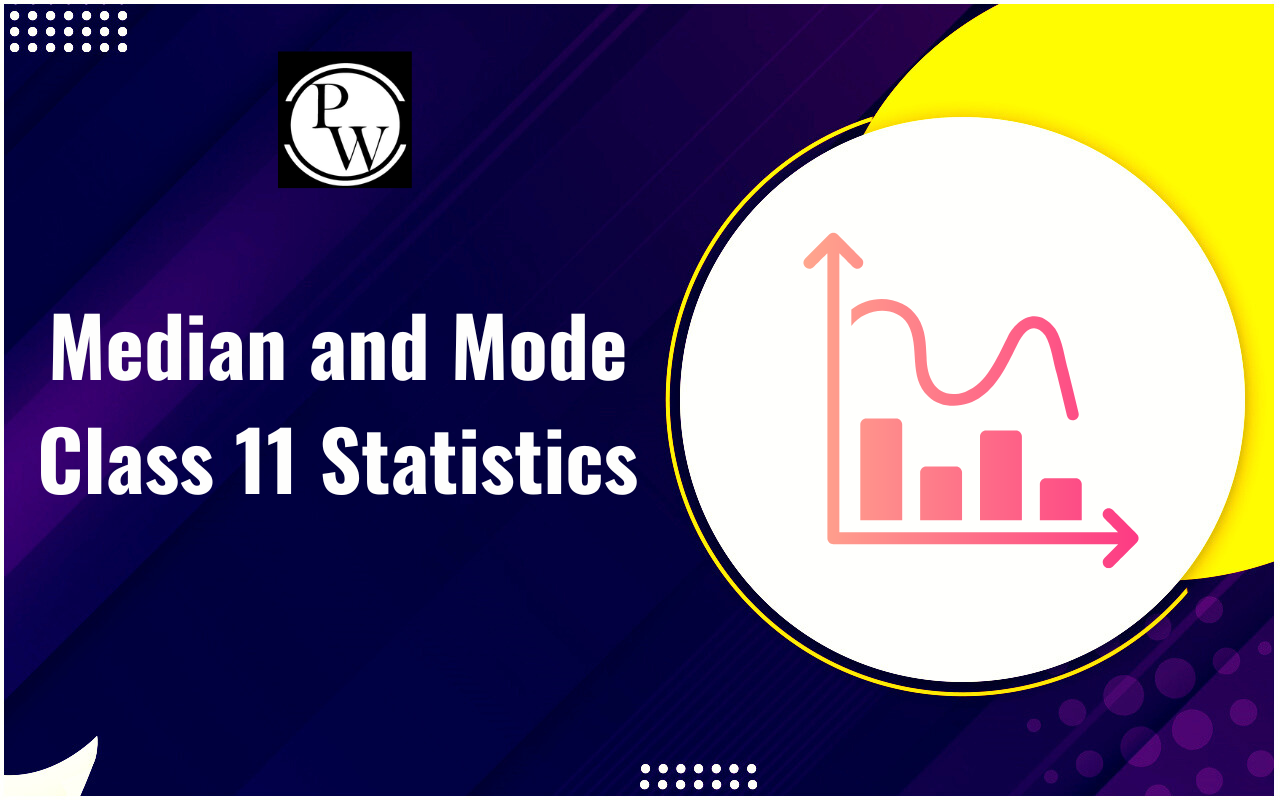
In business and finance, leverage is a powerful concept that involves the use of fixed costs to amplify returns. However, two types of leverage play distinct roles in shaping a company’s profitability and risk: financial leverage and operating leverage. Understanding the differences between financial leverage and operating leverage is crucial for commerce students who wish to comprehend the mechanics of business finance. This blog will explore the key differences between financial leverage and operating leverage, their impact on business operations, and their role in determining a company’s financial structure.
What is Leverage?
Leverage refers to the use of various fixed costs either in the form of borrowed funds (financial leverage) or fixed operational costs (operating leverage) to magnify the potential return on investment (ROI). Companies that use leverage are essentially seeking to increase their profitability by using existing resources more effectively. Understanding the differences between financial leverage and operating leverage helps determine the level of risk and reward associated with different business decisions.Financial Leverage
The use of debt to finance activities or purchase more assets is known as financial leverage. It is the degree to which a company uses borrowed money to amplify its earnings. Interest is a fixed expense that a business must pay when it takes on debt. Financial leverage can result in better potential returns but also more financial risk because a company's debt increases the amount of interest it must pay.Key Features of Financial Leverage:
Debt Financing: It involves borrowing funds, such as through loans or bonds. Interest Costs: The company incurs fixed costs in the form of interest payments. Return Amplification: If the return on investment from borrowed funds exceeds the cost of debt, financial leverage can increase profits. Risk: Financial leverage increases the risk of bankruptcy or financial distress if a company fails to meet its debt obligations.Formula for Financial Leverage:
Financial Leverage = Total Debt / EquityImpact of Financial Leverage:
Positive Impact: When a company’s return on assets (ROA) is higher than the cost of debt, financial leverage can significantly increase profitability. Negative Impact: If the company’s earnings are lower than expected, the interest costs can exceed the returns, leading to financial losses.Also Read: Difference Between Equity Share Capital and Preference Share Capital
Operating Leverage
The percentage of fixed costs in a business's overall cost structure is known as operating leverage. A sizable amount of the expenses of businesses with strong operating leverage are fixed costs, such as rent, payroll, or equipment purchases. When sales increase, these fixed costs remain constant, allowing more revenue to contribute to profits. On the flip side, if sales decline, the company may still have to cover its fixed costs, leading to greater losses.Key Features of Operating Leverage:
Fixed Costs: It involves the use of fixed costs that do not change with production or sales volume. Impact on Profitability: A high level of operating leverage means that small changes in sales volume can lead to significant changes in profit. Return Magnification: Higher operating leverage magnifies the impact of sales fluctuations on profitability. Risk: High operating leverage increases the risk because, in times of low sales, fixed costs must still be paid.Formula for Operating Leverage:
Operating leverage can be measured using the Degree of Operating Leverage (DOL) , which is calculated as: DOL = Percentage Change in EBIT / Percentage Change in Sales EBIT = Earnings Before Interest and Taxes.Impact of Operating Leverage:
Positive Impact: When sales rise, operating leverage amplifies the profit growth as fixed costs remain unchanged. Negative Impact: A decline in sales leads to larger profit reductions because the company still needs to cover its fixed costs.Differences Between Financial Leverage and Operating Leverage
Understanding the differences between both types of Leverage is critical to grasping how companies manage their capital structure and operations.| Difference Between Financial Leverage and Operating Leverage |
| Feature | Financial Leverage | Operating Leverage |
| Definition | Use of debt to finance business activities. | Use of fixed costs in business operations. |
| Key Focus | Focuses on debt financing and interest costs. | Focuses on fixed operating costs, such as rent and salaries. |
| Effect on Profit | Amplifies profit or loss through debt. | Amplifies profit or loss based on sales volume. |
| Risk Involved | Higher debt increases financial risk. | Higher fixed costs increase operating risk. |
| Formula | Total Debt / Equity | Percentage Change in EBIT / Percentage Change in Sales |
| Impact of Sales Change | Affects profitability through cost of debt. | Affects profitability through fixed costs. |
| Common Example | Borrowing to expand operations. | A company with high fixed costs, such as manufacturing. |
Importance of Both Types of Leverage
Below are some importance of both types of Leverage:For Business Decision Making:
Understanding the differences between financial leverage and operating leverage helps businesses determine the best strategies for growth. Companies with high financial leverage can use debt to finance expansion, while those with high operating leverage may focus on maximizing sales to cover their fixed costs and generate greater profits.For Investors:
Investors use the differences between financial leverage and operating leverage to evaluate the risk and return potential of different companies. High financial leverage may indicate a higher return but also a greater risk, while high operating leverage could mean that the company has the potential for high profitability but is also susceptible to market volatility. The differences between financial leverage and operating leverage are significant when analyzing a company's financial structure and potential for growth. Financial leverage deals with borrowing funds to finance operations while operating leverage focuses on the fixed costs associated with business activities. For commerce students, understanding these both type of leverage is vital for making informed decisions about business strategies, investment analysis, and risk management. Unlock your potential in commerce with PW Commerce Courses! Enroll today to gain in-depth knowledge and skills that will help you excel in your exams and future career. Don’t miss out!Difference Between Financial Leverage and Operating Leverage FAQs
What is financial leverage?
Financial leverage involves using borrowed funds to finance business activities, aiming to amplify profits but also increasing the risk of financial distress.
What is operating leverage?
Operating leverage refers to the use of fixed costs in business operations, where small changes in sales volume can lead to significant changes in profitability.
How do financial leverage and operating leverage differ?
Financial leverage focuses on debt financing, while operating leverage focuses on fixed costs. Both amplify profits but also increase risk, albeit in different ways.
Can financial leverage lead to losses?
Yes, if the company’s return on investment is lower than the cost of debt, financial leverage can lead to losses and financial difficulties.
How does operating leverage impact profitability?
High operating leverage means a company’s profitability is more sensitive to changes in sales volume, leading to amplified profits in good times but greater losses in downturns.
🔥 Trending Blogs
Talk to a counsellorHave doubts? Our support team will be happy to assist you!

Check out these Related Articles
Free Learning Resources
PW Books
Notes (Class 10-12)
PW Study Materials
Notes (Class 6-9)
Ncert Solutions
Govt Exams
Class 6th to 12th Online Courses
Govt Job Exams Courses
UPSC Coaching
Defence Exam Coaching
Gate Exam Coaching
Other Exams
Know about Physics Wallah
Physics Wallah is an Indian edtech platform that provides accessible & comprehensive learning experiences to students from Class 6th to postgraduate level. We also provide extensive NCERT solutions, sample paper, NEET, JEE Mains, BITSAT previous year papers & more such resources to students. Physics Wallah also caters to over 3.5 million registered students and over 78 lakh+ Youtube subscribers with 4.8 rating on its app.
We Stand Out because
We provide students with intensive courses with India’s qualified & experienced faculties & mentors. PW strives to make the learning experience comprehensive and accessible for students of all sections of society. We believe in empowering every single student who couldn't dream of a good career in engineering and medical field earlier.
Our Key Focus Areas
Physics Wallah's main focus is to make the learning experience as economical as possible for all students. With our affordable courses like Lakshya, Udaan and Arjuna and many others, we have been able to provide a platform for lakhs of aspirants. From providing Chemistry, Maths, Physics formula to giving e-books of eminent authors like RD Sharma, RS Aggarwal and Lakhmir Singh, PW focuses on every single student's need for preparation.
What Makes Us Different
Physics Wallah strives to develop a comprehensive pedagogical structure for students, where they get a state-of-the-art learning experience with study material and resources. Apart from catering students preparing for JEE Mains and NEET, PW also provides study material for each state board like Uttar Pradesh, Bihar, and others
Copyright © 2025 Physicswallah Limited All rights reserved.
Get App









